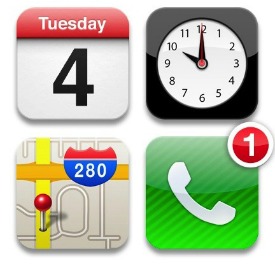Forget coming, the Chinese are already here
I haven’t been back to Photonics West, the premier conference and trade show for the photonics industry, in years. I’ve missed it! But being away gave me a chance to notice something that, while obvious, might have slipped by the regular visitors.
Years ago, many of us in the industry debated the role of the Chinese in the photonics marketplace. Low quality, many reasoned, but the rest of us recalled hearing that argument before about Japanese manufacturing, then Korean, Thai, and everyone else. We could guess that today’s low quality were gathering skills to compete directly with U.S. manufacturers.
Only five years ago many companies were already feeling pressure from Chinese manufacturers (indeed, in lower skill assemblies) but today the tradeshow floor wasn’t filled with Chinese made products from American and European designs. It was filled with Chinese people selling Chinese products. From optics to lasers, all the way to complex instruments the Chinese were no longer content to offer cheap labor to product manager’s problems, they were here today to meet with researchers directly, and see how well the fruits of their labor would solve their problems or create the next markets.
This dilemma and what exactly is behind was
The challenge that this high tech industry faces is whether our experts are willing to make the sacrifices that our Chinese colleagues often have. Are we willing to pay for opportunities with a bit more risk and yet still receive less pay off than fellow executives and entrepreneurs do? It’s well known that people value their own wealth only in comparison to their own peer group. That’s too bad, because the U.S. is a rich nation, and making the choices that Chinese companies must do every day feels much more painful to our entrepreneurs. They argue it’s not worth it to them; they’ve invested so much into their small businesses. One of my industry colleagues spoke of the kind of deals he can accept these days; he has to feed over 20 employees in his small business and he’s got to find opportunities that keep them safe, but also provide him a good return. It all made perfect sense, and he’s by no means rich, but I wonder if his Chinese competition would be willing to accept much less.
I hope he’ll reconsider. I want him to be rich: he’s had a business for more than a decade already and he’s grown slowly and steadily. He’s a critical part of the infrastructure that remains here in this very high-tech industry. If he can’t compete with the Chinese at his door, then our industry may mirror what’s already happened in the iEconomy and what could have been a beachhead to maintain our position in the world economy, will go to the far east, just like Apple’s semiconductors and the engineers who support them already have.
